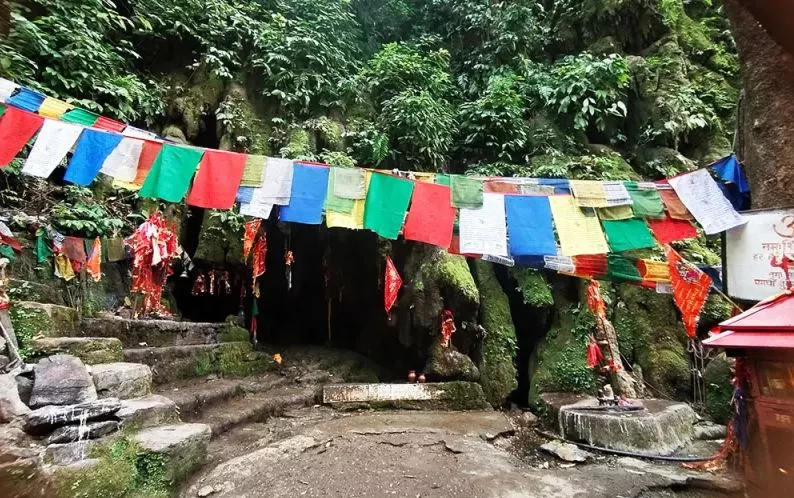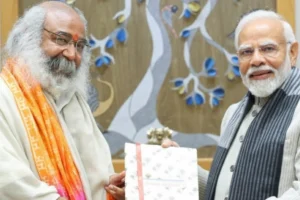
A mysterious location in the Samtse region of Bukay, surrounded by lush forests and majestic mountains, has long attracted spiritual seekers.
The Mahakal Dham is a consecrated Hindu sanctuary regarding Ruler Shiva, the vanquisher of fiendishness. It is believed that Lord Shiva meditated and practiced asceticism in this ancient sanctuary, which is one of the oldest in Bhutan.
The Mahakal Dham is a peaceful and picturesque haven just 5.5 kilometers from Samtse town. The curious sanctuary is developed in the exemplary Bhutanese style, highlighting a skewed rooftop.
The temple is revered by both Hindu and Buddhist devotees, especially during the annual Maha Shivaratri festival in February and March. Thousands of devotees visit the temple at this time to make sacrifices and prayers to Lord Shiva.
The administration of Mahakal Dham is directed by approximately 30 individuals from the Bukay Dham People group Timberland (BDCF). According to Pujari Basant Bhandari, the precise location and history of the sacred site are still a mystery. According to our ancestors’ lore, a herder discovered the holy site, which became well-known as a destination for pilgrims.
The journey is worthwhile for visitors because they believe their wishes are fulfilled. Hindu fans from the adjoining Indian provinces of West Bengal, Darjeeling, and Sikkim visit the site from harvest time until pre-summer.
There are two magnificent limestone caves on the site. It is believed that Lord Shiva meditated in the larger cave, which also houses a place to make offerings deep within. There are allegedly two parts to it: an outer and inner component.
Basant Bhandari explained, “Devotees present milk and bael patta (Aegle marmelos) to Lord Shiva in order to seek his blessings.”
“Bam-Bam Bhole, Jai Bholenath or Har Har Mahadev!” is chanted in unison by pilgrims as they strike one of the distinct rock formations, which are believed to be Lord Shiva’s damaru, a two-headed ritual drum.
Female pilgrims particularly enjoy a smaller cave that is believed to be the residence of Goddess Devi.
The Dham is a popular eco-tourism destination because it is at the trijunction of India and Samtse. The place is revered by Buddhists as a place of worship for Mahakala (Pal Yeshey Gonpo) and Avalokiteshvara (Chenrigzig).
TS Ghalley, chairman of the BDCF, stated that the committee faces a significant obstacle in the form of funding. The site remains closed during the monsoon season because the river is swelling. We have proposed paving the road up to the base camp and making the footpath to Dzongkhag Tshogdu better with railings.
A visitor from India noted that the path could be dangerous and that railings needed to be maintained. Accidents do occur.
Also read: Bhutan Exploring Ways To Incentivize Tourism Industry
Visitors believe that the location could be promoted as a one-of-a-kind tourist destination to attract international visitors to the region.
To read more such news, download Bharat Express news apps



















